21 Wild Animals in Switzerland [Wildlife in Switzerland]
Want to know more about the wildlife in Switzerland?
Discover 21 wild animals in Switzerland in this post, as well as interesting facts about them. 🇨🇭
Learn All About Swiss Animals
Ready to learn all about Swiss animals?
I’ve always been fascinated by animals, and by how they can be so different from one country to another. In this guide, we’ll focus on the many animals Switzerland has on the land, in the sky, and underwater.
I’ve split the guide into 4 categories:
- Native animals from Switzerland
- Endangered animals of Switzerland
- What is the national animal of Switzerland?
- How many animals native to Switzerland?
Let’s dive in right away with our first category!
Native Animals from Switzerland
Switzerland is a landlocked European country located in the western part of the continent, at the crossroads of central and southern Europe. It is dominated by a mountainous landscape made of the Alps and the Jura, the vast majority of its population lives on the Swiss Plateau, has 3 official languages and a recognized national language, and is known for its neutrality in general. It is bordered by France, Germany, Austria, Liechtenstein, and Italy, and although its largest city is Zürich, its capital is Bern, which counts more than 133,000 inhabitants (but more than 1,000,000 if you include the metropolitan area).
An interesting part of the country that I wanted to tackle is its wildlife. In light of that, I have listed the best of it, and I hope you will love learning what animals live in Switzerland.
Here’s the Switzerland animals list.
1. Italian wolf
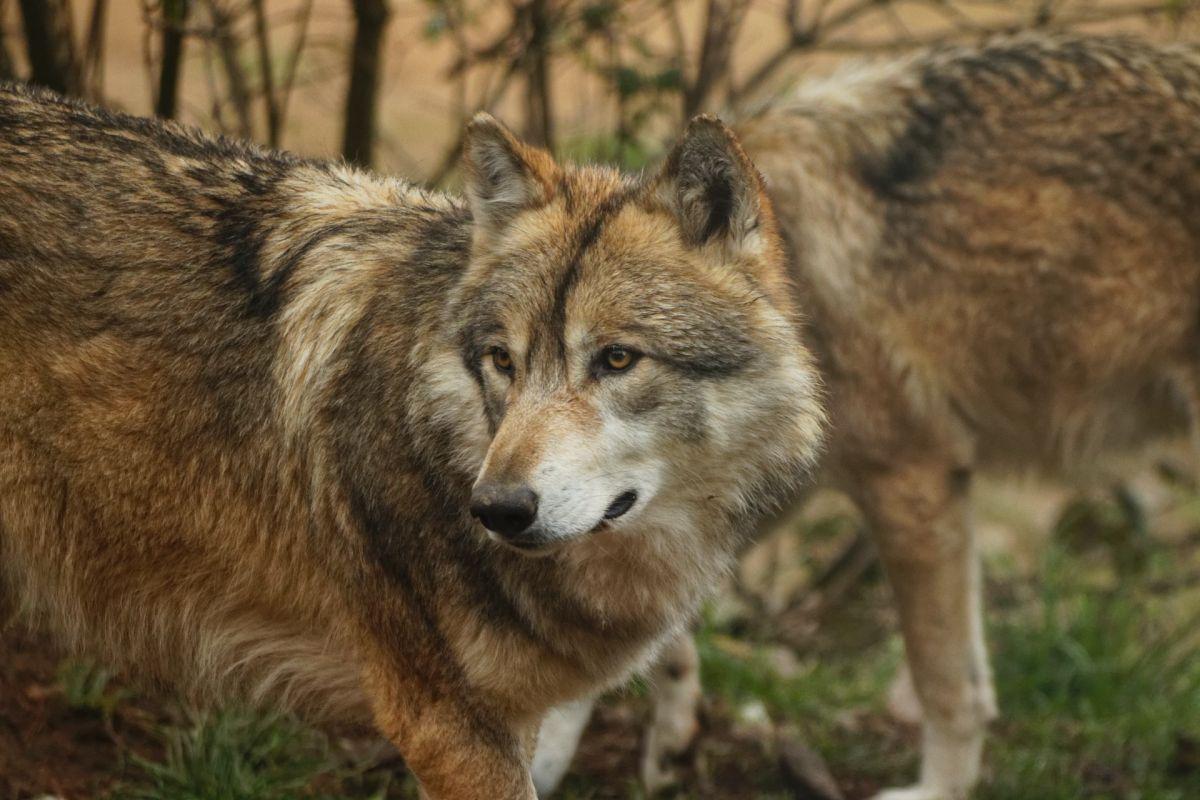
- Name: Italian wolf
- Scientific name: Canis lupus italicus
- Conservation status:
In order to show you the diversity of culture in Switzerland, let’s start this list off with an animal from neighboring Italy, the Italian wolf!
Also known as the Apennine wolf, it is a subspecies of the gray wolf native to the Italian Peninsula but found in areas of France and Switzerland. It has been strictly protected in Italy since the 1970s and is considered vulnerable to extinction due to illegal hunting and persecution.
2. Brown bear
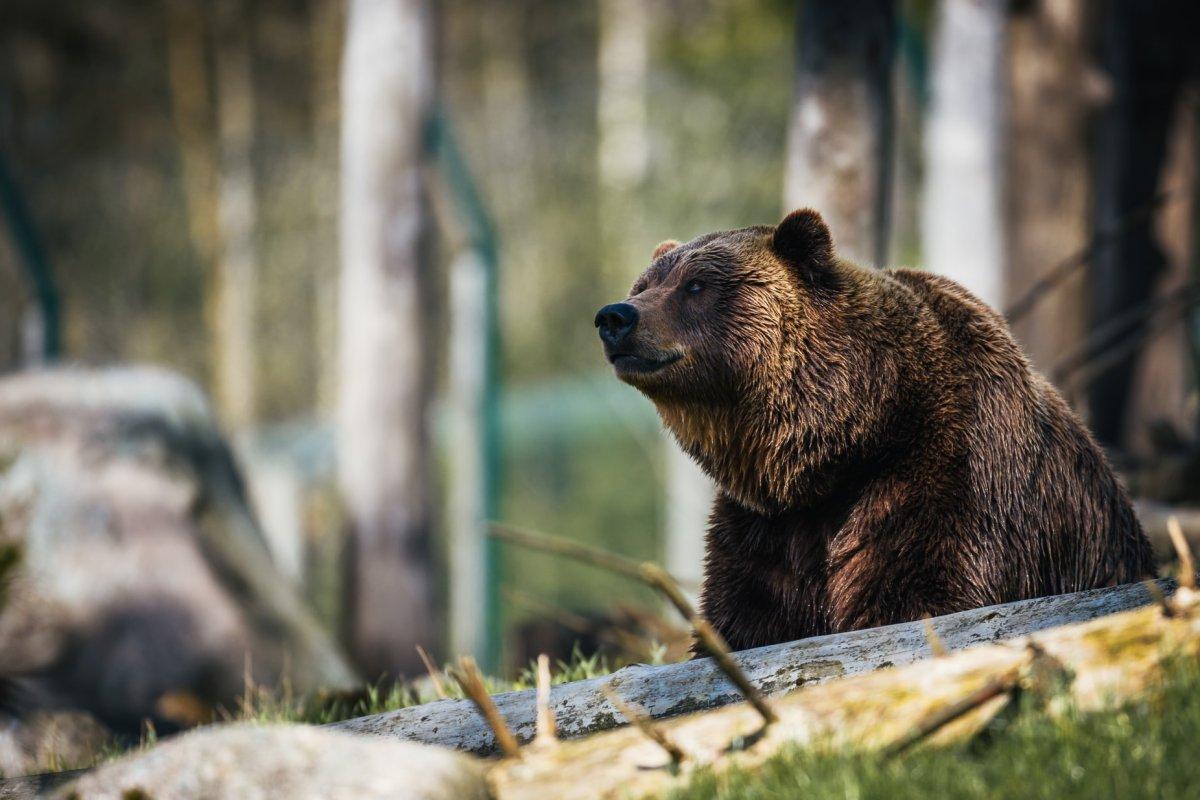
- Name: Brown bear
- Scientific name: Ursus arctos
- Conservation status:
The brown bear is a large species of bear native to most of Eurasia and North America. It is the second-largest terrestrial carnivore in the world, beaten only by its close relative, the polar bear. It is an important part of European culture and has been featured in multitudes of tales and fables.
This bear has been suffering for decades, and its range has shrunk. Despite this, its numbers remain large, and its range wide: there are about 110,000 brown bears in the world.
3. Mountain hare
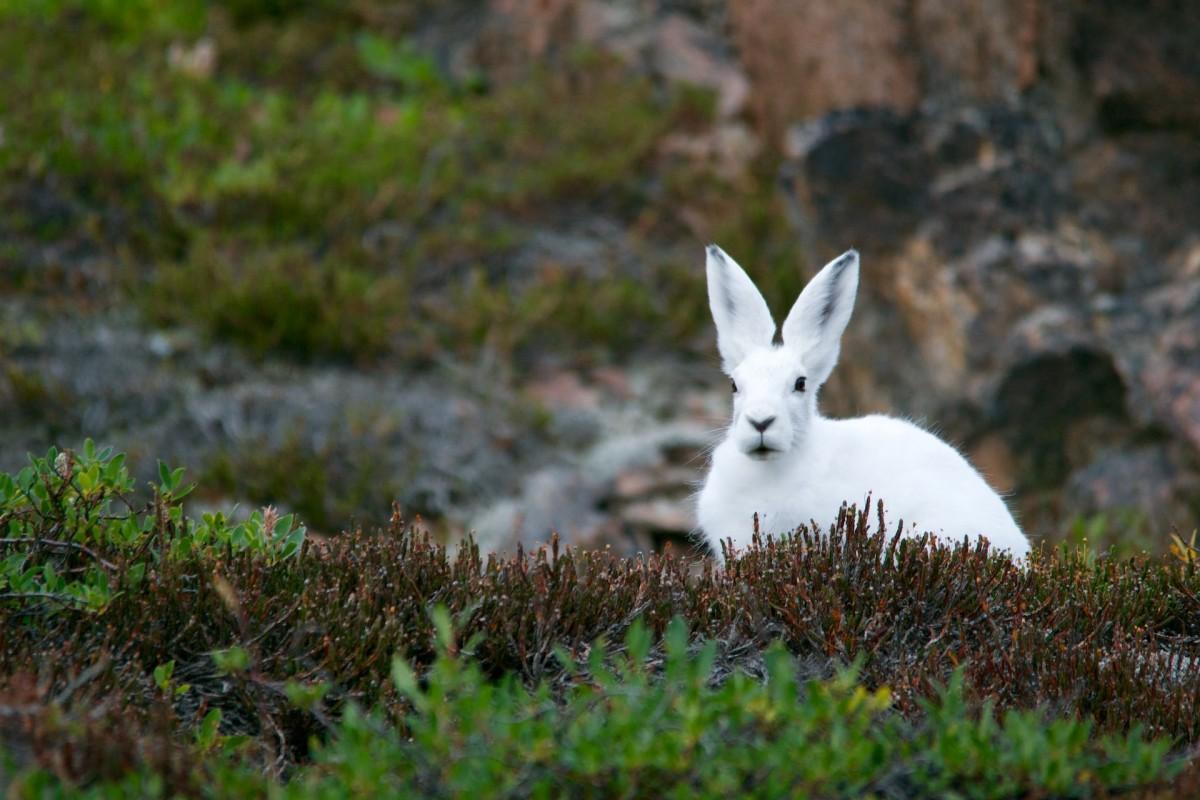
- Name: Mountain hare
- Scientific name: Lepus timidus
- Conservation status:
The mountain hare, also known as the white hare, the snow hare, the variable hare, the Irish hare, the tundra hare, the blue hare, or the alpine hare (yes, that’s a lot of names), is a species of hare native to polar and mountainous habitats. It can be found in a wide range, from central and Irish mountains to Scandinavian and Russian environments.
The color of this hare greatly varies depending on its environment, ranging from pure white in snowy places to brown and gray in Swiss mountains.
4. Alpine marmot
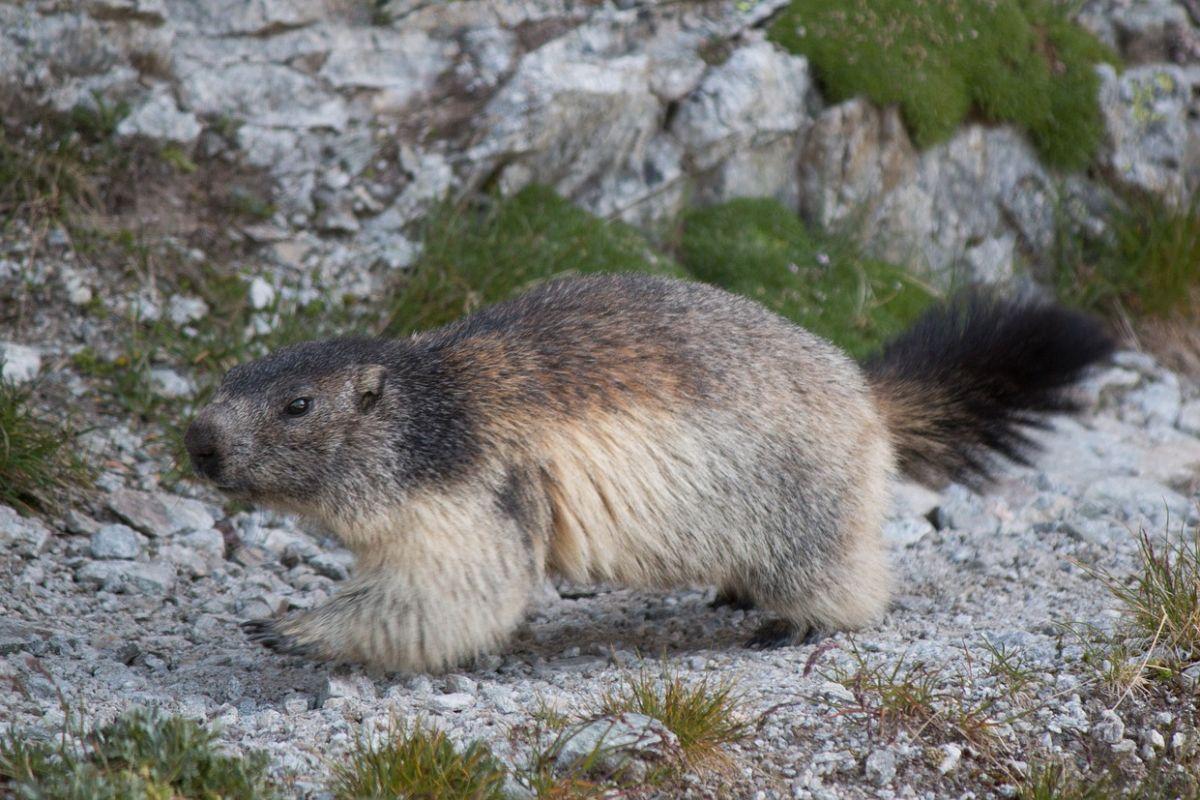
- Name: Alpine marmot
- Scientific name: Marmota marmota
- Conservation status:
The alpine marmot is one of the most recognizable Swiss animals, being present at the country’s heights. It is a large species of ground-dwelling squirrel, found at altitudes between 800 and 3,200 m / 2,600 and 10,500 ft above sea level, mainly in the Alps, the Northern Apennines, the Tatras, and the Carpathians.
This marmot feeds on herbs and grasses, but also on insects, spiders, worms, and grain.
5. Eurasian lynx
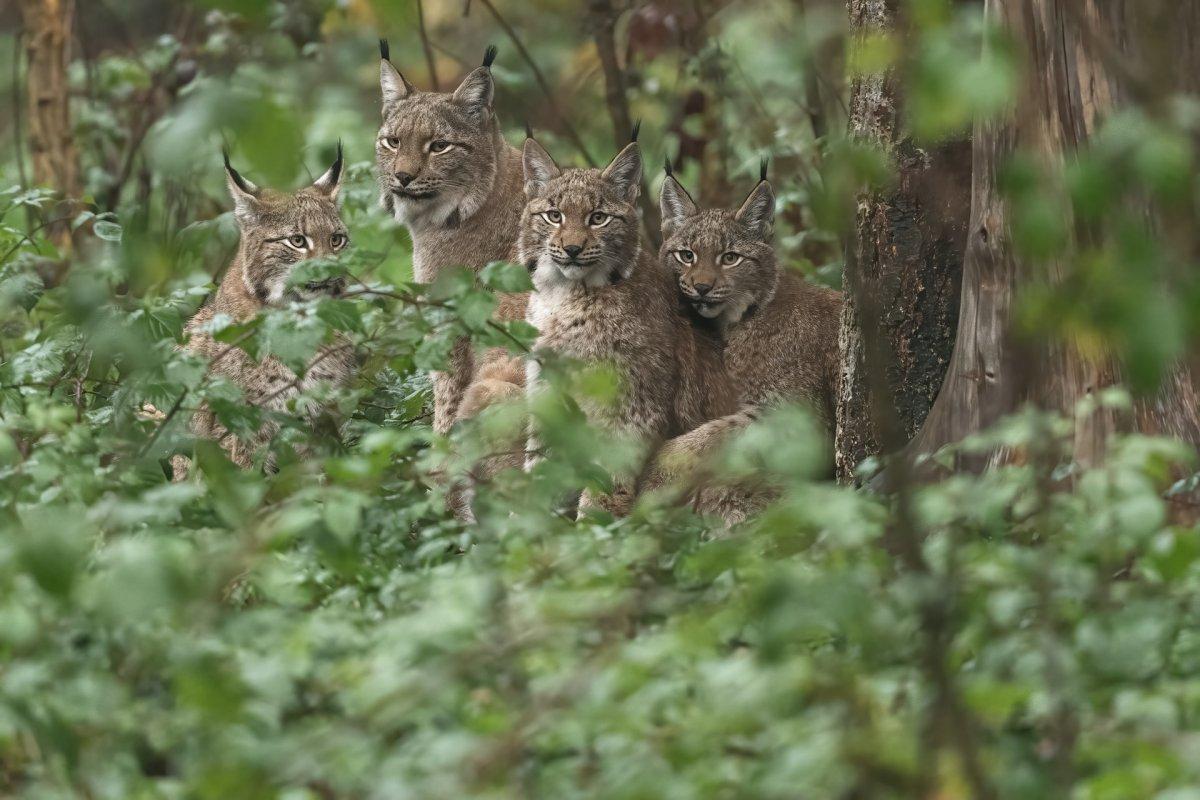
- Name: Eurasian lynx
- Scientific name: Lynx lynx
- Conservation status:
The Eurasian lynx is a medium-sized species of wild cat native to much of Europe’s mountains, but also Russia and the Himalayas. It is an elusive animal, living in the heights of Switzerland, and can be found as high as 5,500 m / 18,000 ft above sea level.
This wild cat is listed as least concern, but is seriously threatened by poaching, habitat fragmentation, and loss and depletion of prey.
6. European wildcat
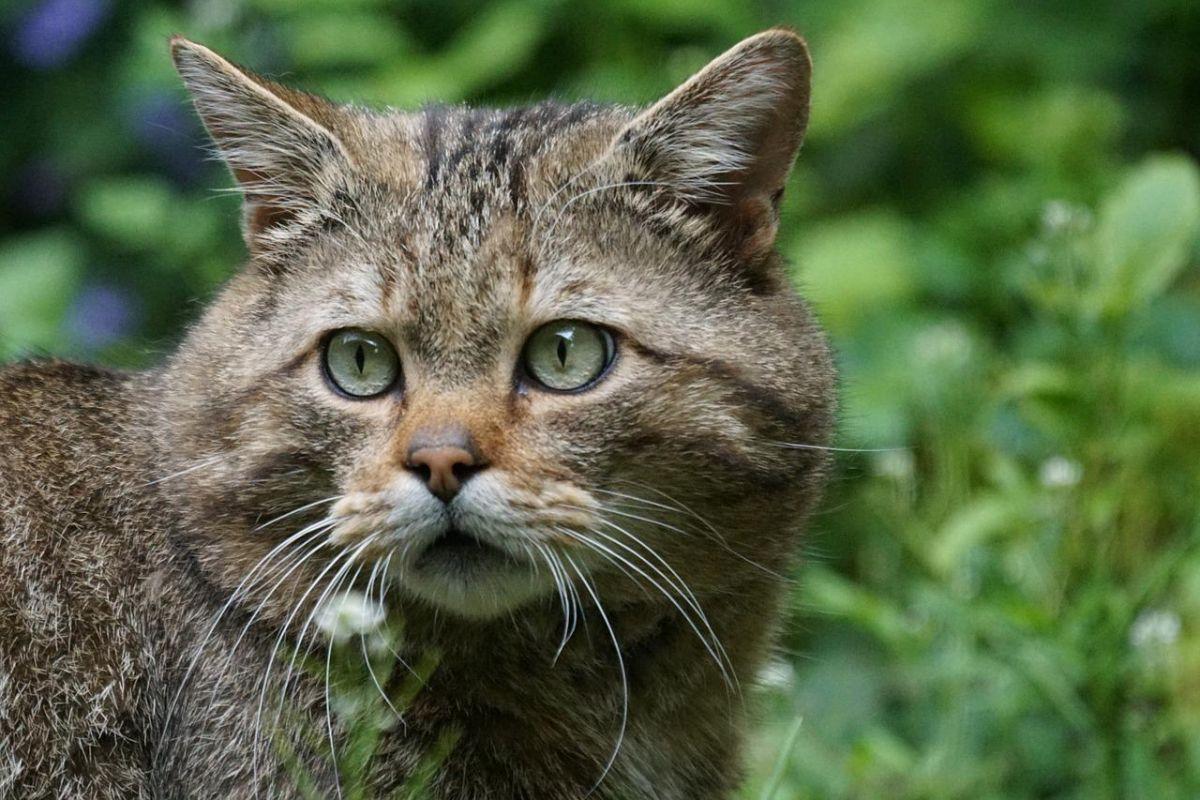
- Name: European wildcat
- Scientific name: Felis silvestris
- Conservation status:
The European wildcat is a small species of wildcat native to Europe, Turkey, Scotland, and the Caucasus. It can be found in the forests of Switzerland, mainly in the Jura Mountains, and has gray to brown fur with a black-tipped tail.
This wild cat is mostly active by night but was also spotted during the day in undisturbed areas. It is an obligate carnivore, which feeds on hamsters and other rodents, as well as fawns of red and roe deers.
7. Chamois
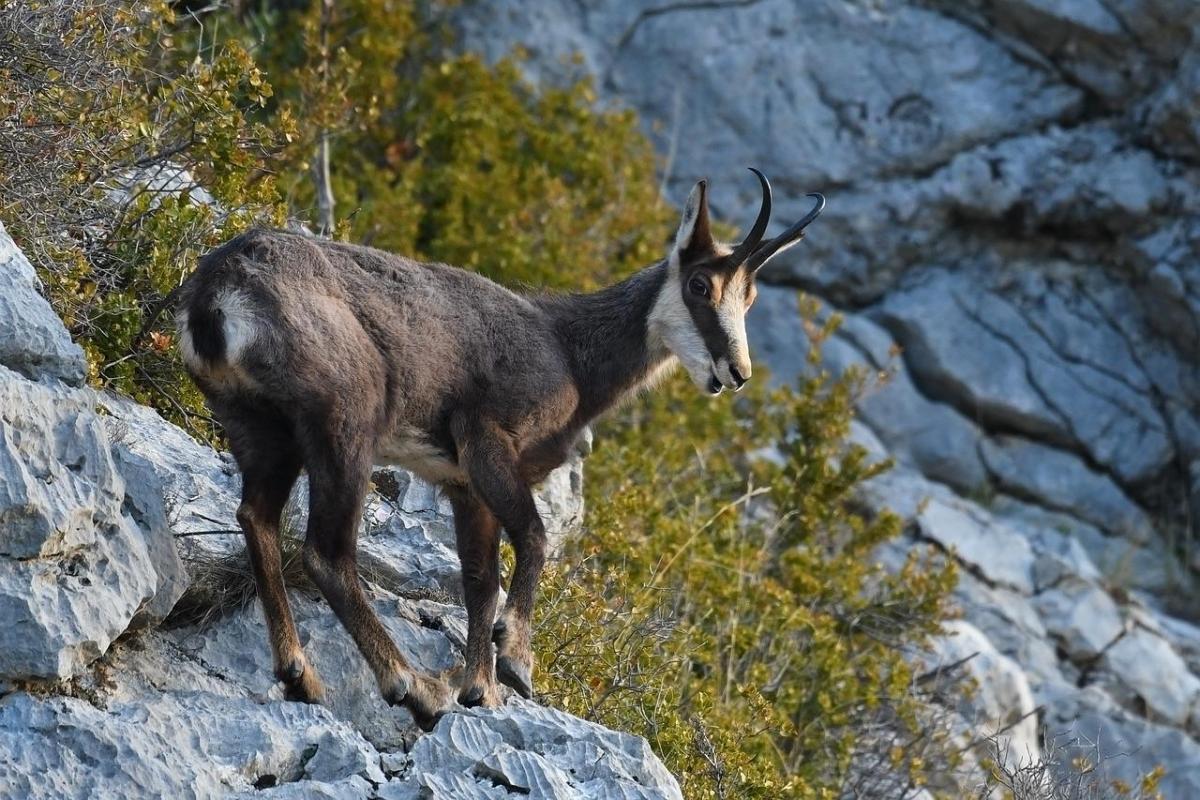
- Name: Chamois
- Scientific name: Rupicapra rupicapra
- Conservation status:
The chamois, also known as the Alpine chamois, is a species of goat antelope native to the mountains of Europe. It can be found in the Alps, the Pyrenees, the Tatras, and the Carpathian Mountains, and has been introduced to the South Island of New Zealand.
This mammal has been hunted for centuries, and some of its subspecies are on the brink of extinction and are strictly protected within Europe because of that.
8. Alpine ibex
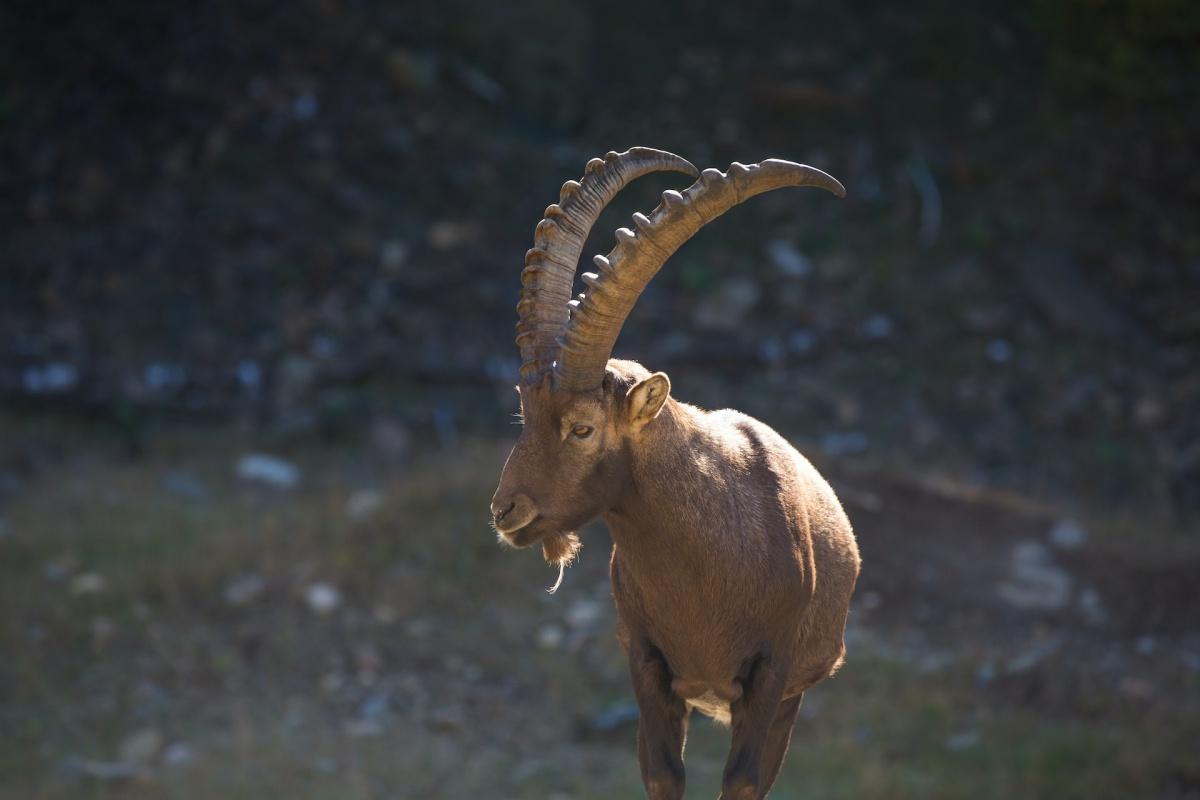
- Name: Alpine ibex
- Scientific name: Capra ibex
- Conservation status:
The Alpine ibex, also known as the bouquetin, the steinbock, or the ibex, is a species of wild goat native to the European Alps. After having disappeared from Switzerland, it has been reintroduced to the country. Now considered of least concern, it survived a period with fewer than 100 individuals worldwide.
This goat has very long, characteristic horns that curve backward. During the mating season, males compete for females and use their horns to fight each other.
9. Eurasian otter
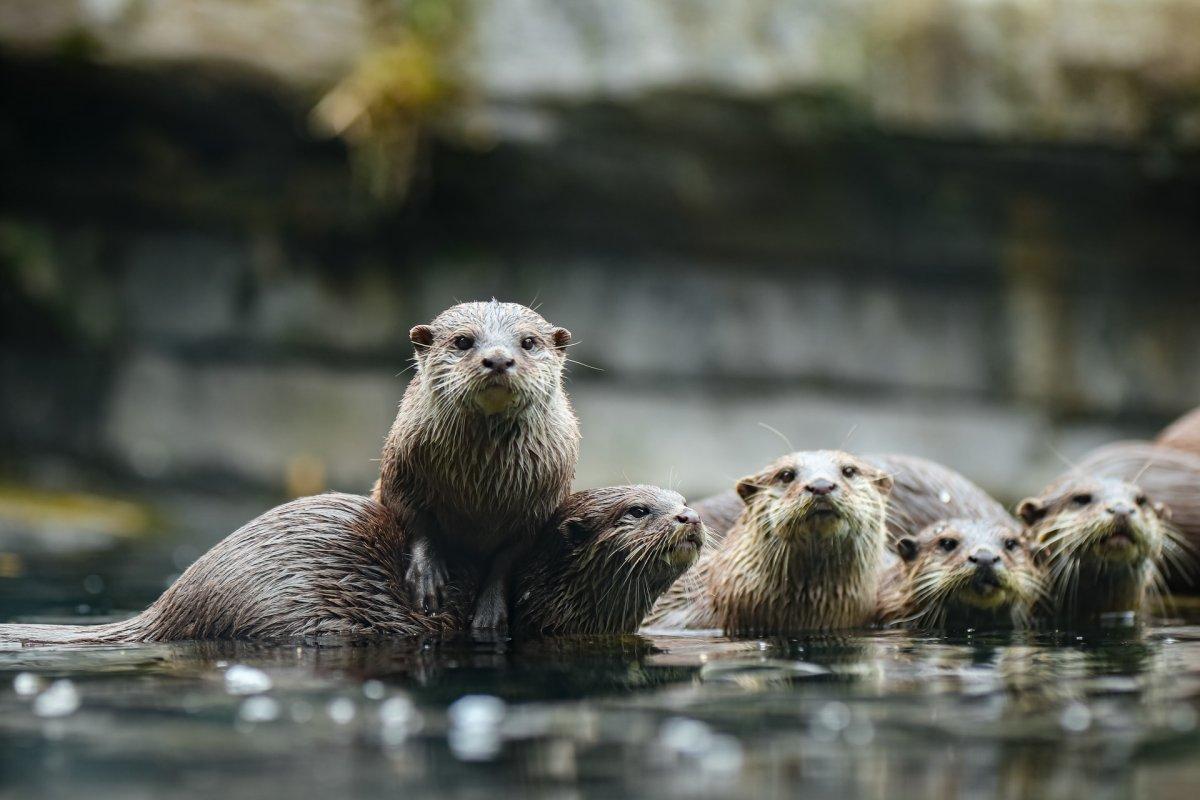
- Name: Eurasian otter
- Scientific name: Lutra lutra
- Conservation status:
Similarly to the Alpine ibex, the Eurasian otter has been reintroduced to Switzerland. Also known as the European otter, the Old World otter, the common otter, or the river otter, it is a species of semi-aquatic mammal native to the vast majority of Eurasia, as far east as the Russian Far East.
Although officially reintroduced to Switzerland, its numbers are so low that it might be locally extinct once more, just like in neighboring Liechtenstein.
10. Greater spotted eagle
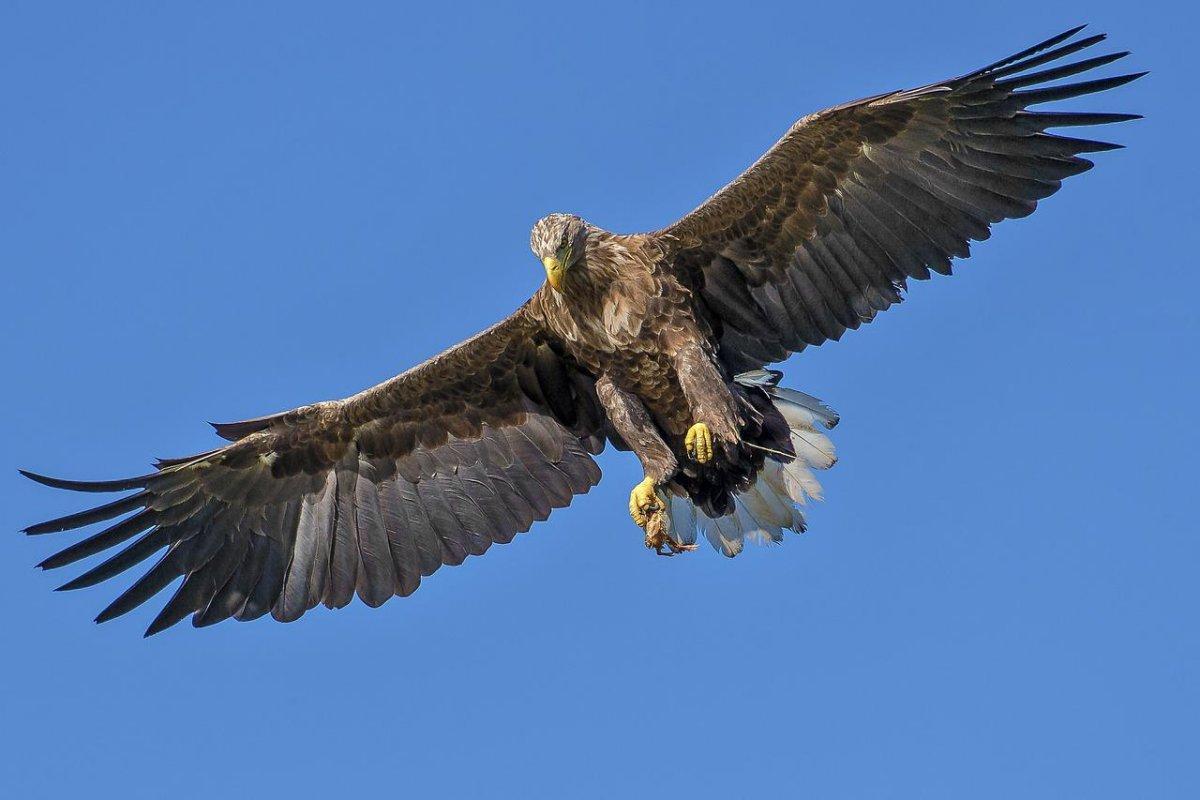
- Name: Greater spotted eagle
- Scientific name: Clanga clanga
- Conservation status:
The greater spotted eagle, also simply known as the spotted eagle, is a large species of bird of prey found in some parts of mountainous Europe, as well as Russia, and wintering in Africa, the Arabian Peninsula, the Indian subcontinent, and Southeast Asia.
This eagle lives in wetter habitats compared to others, usually near lakes, ponds, or bogs. It primarily feeds on small mammals such as rodents, but also water birds, insects, and reptiles occasionally.
11. Roe deer
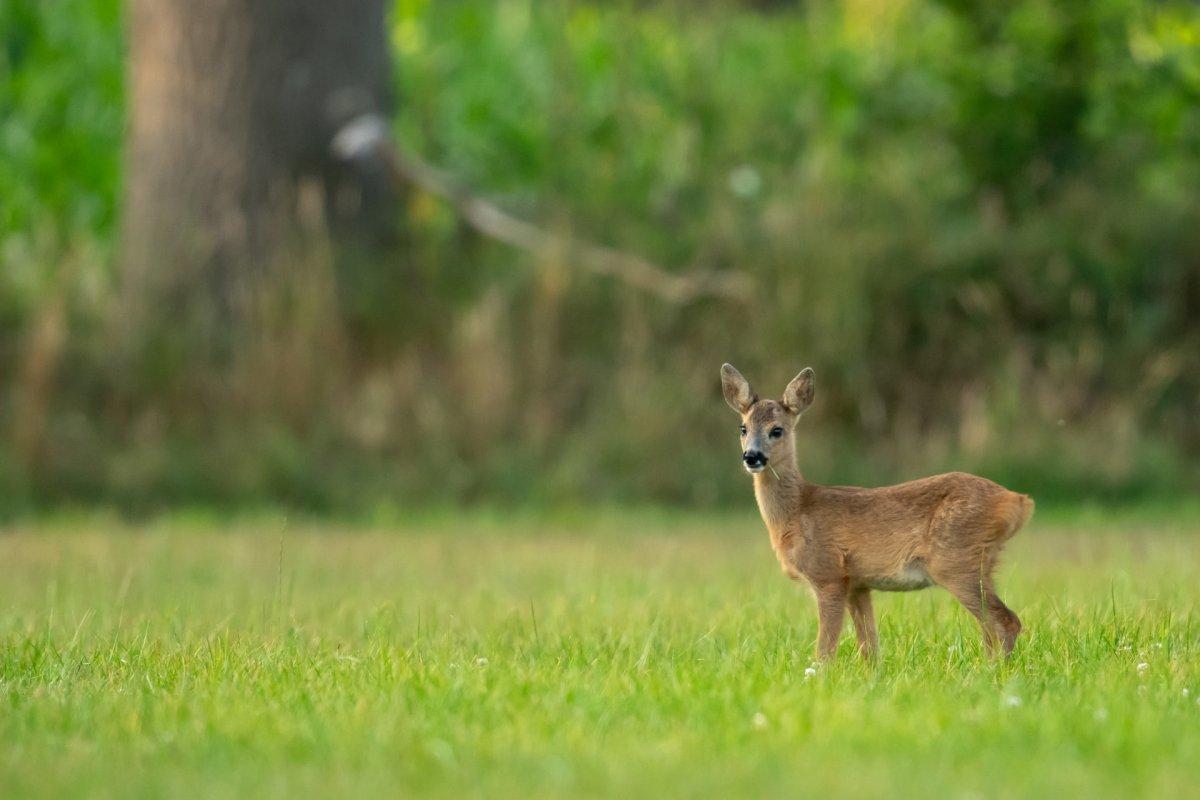
- Name: Roe deer
- Scientific name: Capreolus capreolus
- Conservation status:
The roe deer, also known as the European roe, the western roedeer, or simply the roe, is a species of deer native to almost the entirety of Europe, except for some insular regions such as Ireland, Sardinia, and Corsica.
This deer can survive in a wide range of habitats, from open agricultural lands to woodlands and forests. Usually, it spends the day hiding in dense cover and emerges at night to feed on herbs and grasses.
12. Wild boar
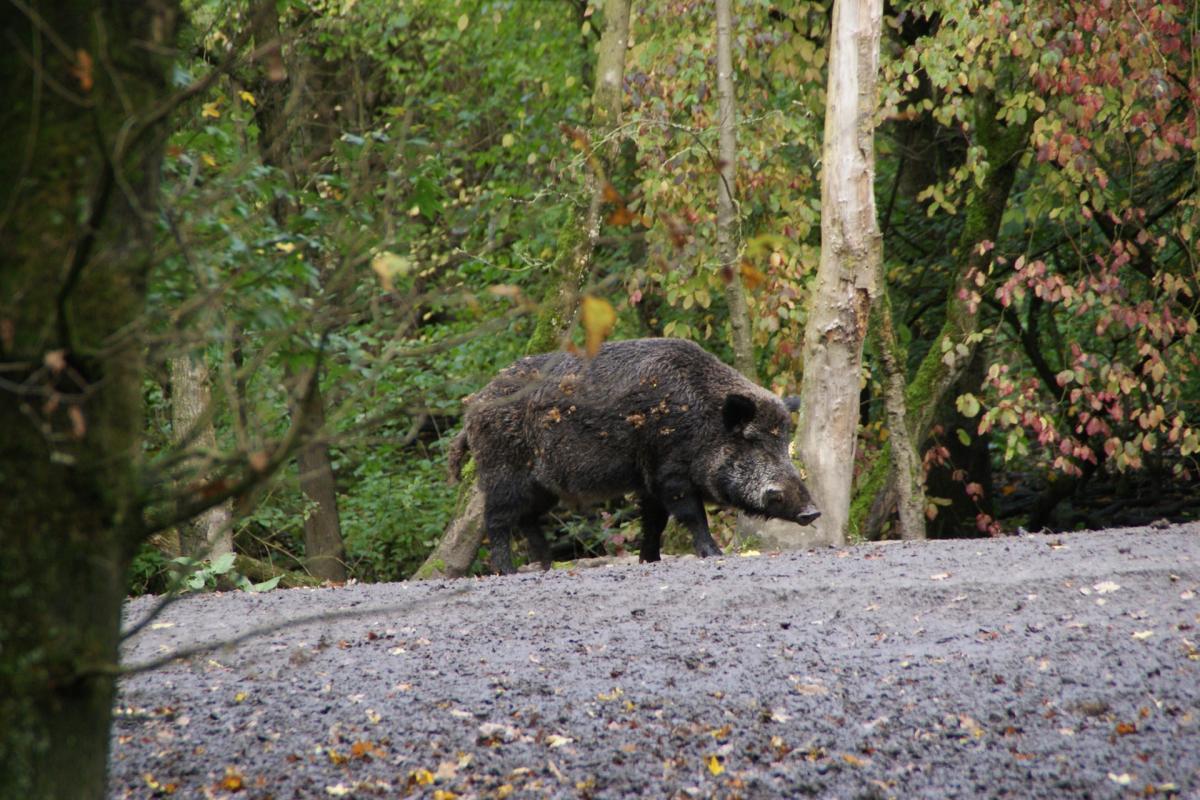
- Name: Wild boar
- Scientific name: Sus scrofa
- Conservation status:
The wild boar, also known as the Eurasian wild pig, the common wild pig, the wild swine, or simply the wild pig, is one of the most common and widespread animals in Europe. It has been hunted for thousands of years and is particularly important to Germanic and Celtic cultures.
This mammal is one of the most wide-ranging animals on the planet, being found in almost any continent, in a wide variety of forms and subspecies.
13. Beech marten
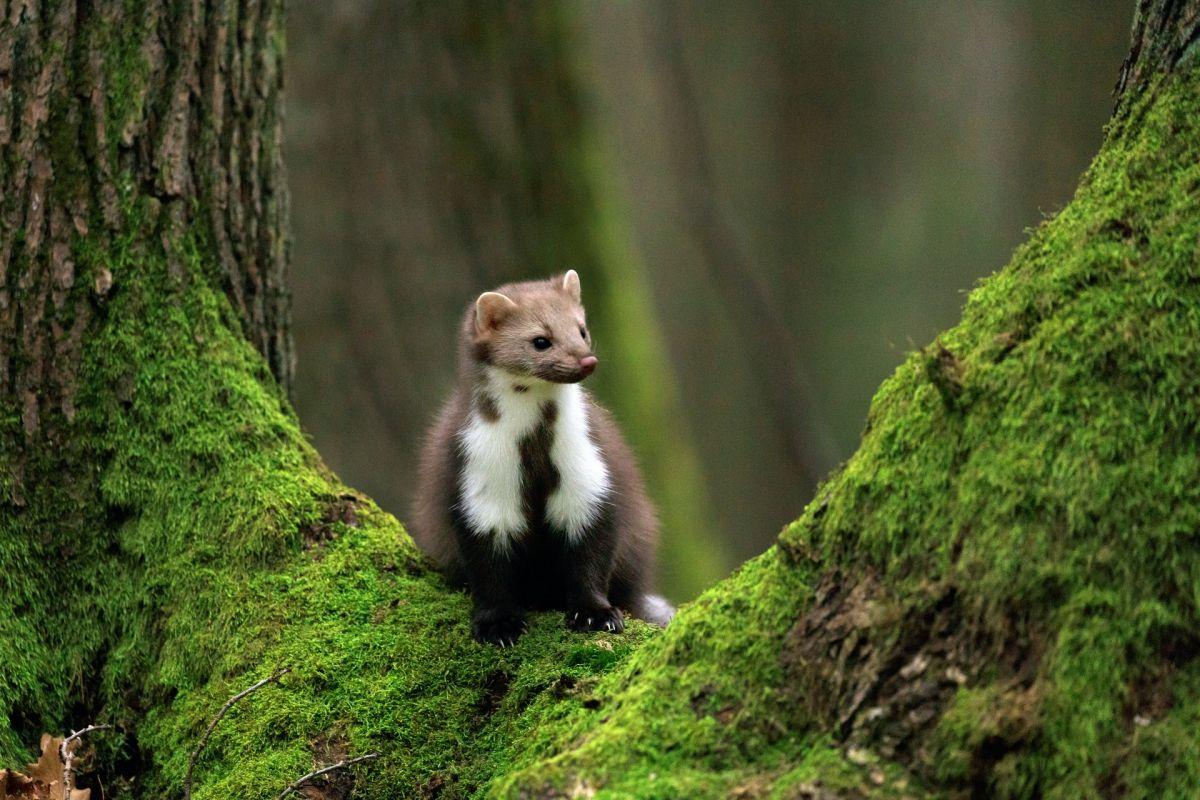
- Name: Beech marten
- Scientific name: Martes foina
- Conservation status:
The beech marten, also known as the white-breasted marten, the house marten, or the stone marten, is a species of marten native to Europe and Central Asia and has been introduced to North America. Thanks to its presence in protected areas, as well as its large numbers and very wide distribution, it is considered of least concern.
Opposite to the pine marten, the beech marten is less specialized and can inhabit a wide range of environments, including forests and open habitats.
14. Red fox
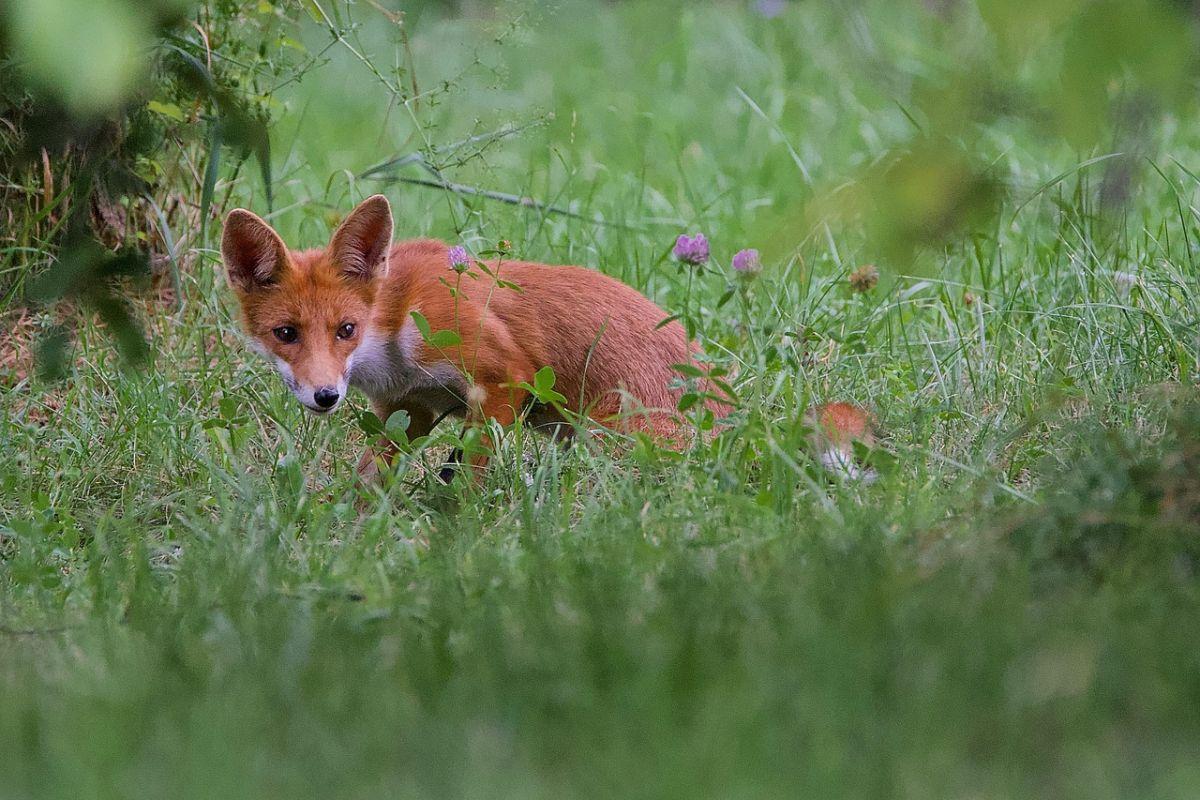
- Name: Red fox
- Scientific name: Vulpes vulpes
- Conservation status:
The red fox is the largest species of true fox and one of the most common and well-known animals in Europe. In fact, it is also one of the most successful species on the planet, being found almost everywhere, and expanding its range alongside humans’.
It has only been present in Zürich, Switzerland since the 1980s, and there are around 35,000 individuals in the country alone.
15. Greater noctule bat
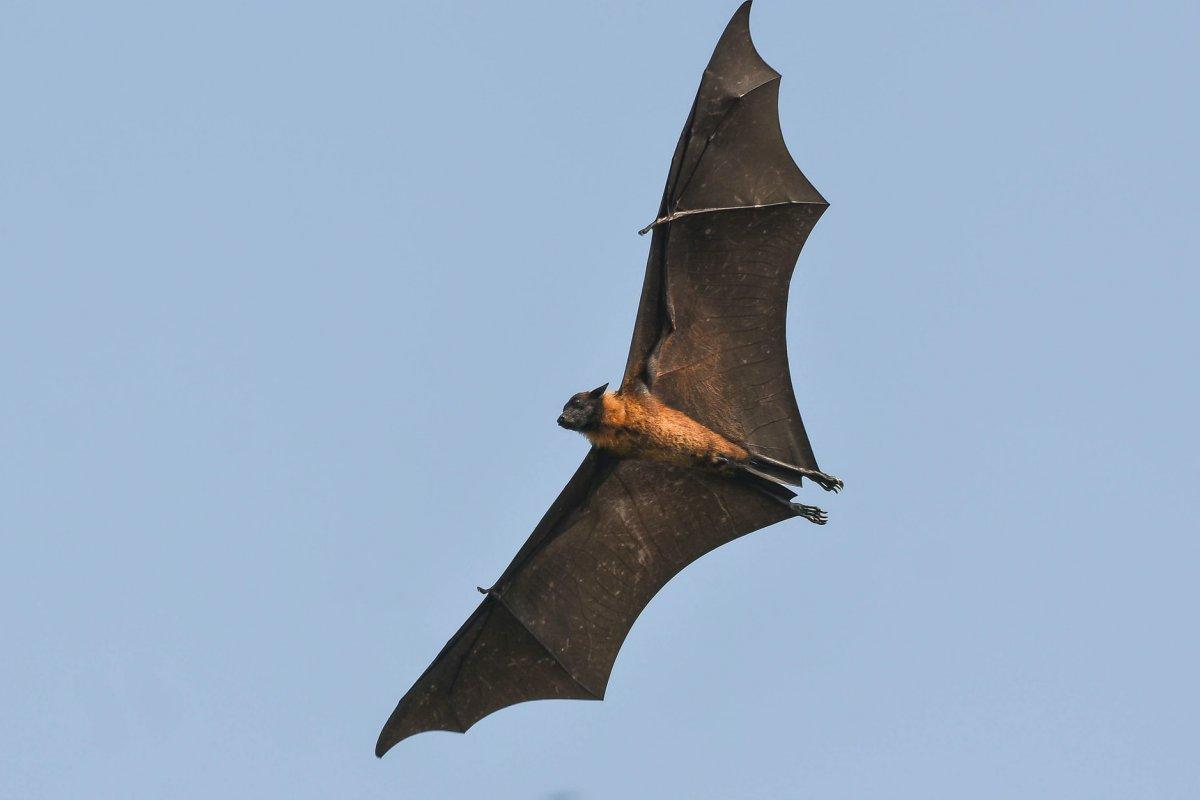
- Name: Greater noctule bat
- Scientific name: Nyctalus lasiopterus
- Conservation status:
The greater noctule bat is a species of bat native to Europe, western Asia, and northern Africa. It is the least studied bat in Europe, but also the largest, reaching impressive wingspans of up to 46 cm / 18 in.
Unlike most bats in the world, the greater noctule bat is not insectivorous, but carnivorous. It primarily feeds on birds and uses echolocation above the hearing range of its prey to find and kill them.
16. European mole
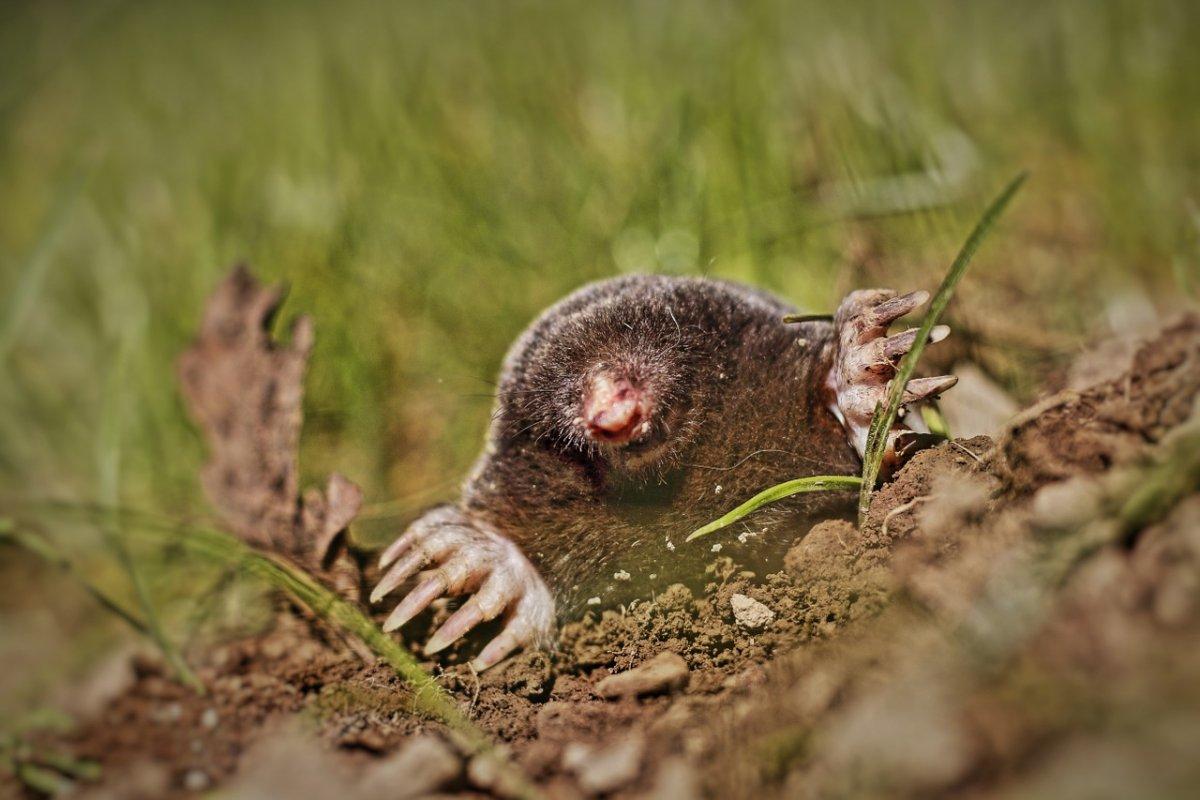
- Name: European mole
- Scientific name: Talpa europaea
- Conservation status:
The European mole, also known as the northern mole or the common mole, is a species of mole native to much of Europe and into European Russia. It is known for living in a constantly-expanding tunnel system and leaving displaced earth at the surface of the ground, which is the characteristic molehills.
This mammal has toxins in its saliva, which is used to paralyze earthworms, the main part of its diet.
17. European badger
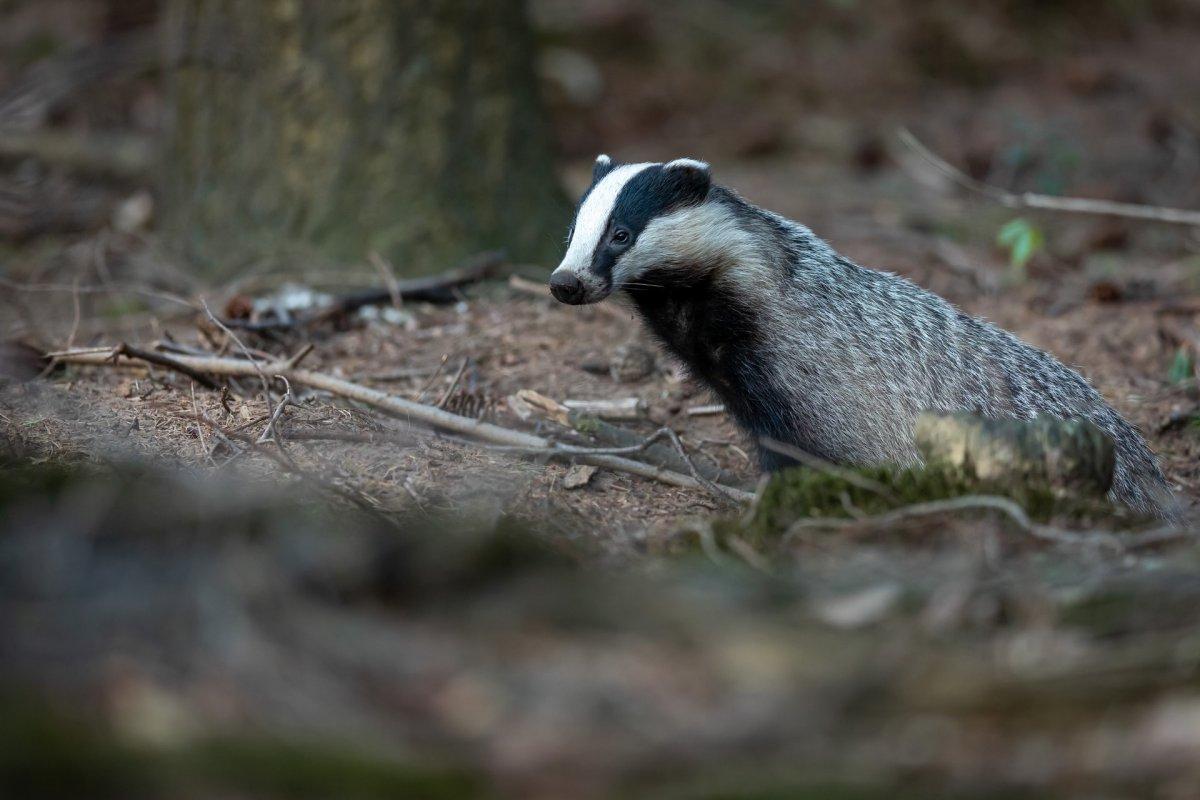
- Name: European badger
- Scientific name: Meles meles
- Conservation status:
The European badger is a species of mustelid native to all of Europe, except for several insular territories and northernmost Scandinavia. It is known for its characteristic gray, black and white fur and its surprising ferociousness and strength, mainly when it comes to defending its territory.
One of the major mortality factors amongst European badgers is bovine tuberculosis. It was first observed in 1951 in Switzerland, and individuals can survive and breed for years, although they are infected.
18. Bearded vulture
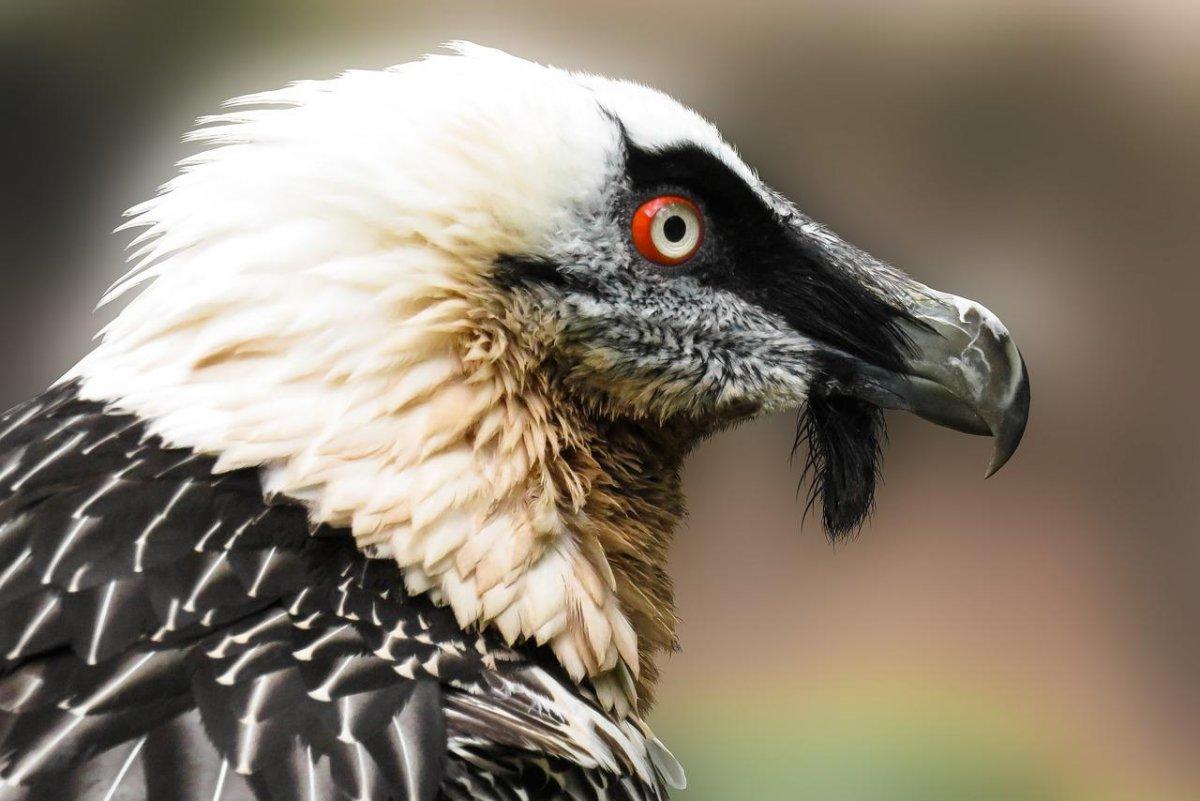
- Name: Bearded vulture
- Scientific name: Gypaetus barbatus
- Conservation status:
The bearded vulture, also known as the ossifrage or the lammergeier, is a very large species of bird of prey native to several areas of Europe, Africa, and Asia.
It is unique in the sense that it almost exclusively feeds on bone marrow (the only known vertebrate to do that): to crack open the bones of the carrion it finds, it usually drops them onto rocks from a decent height.
19. Long-eared owl
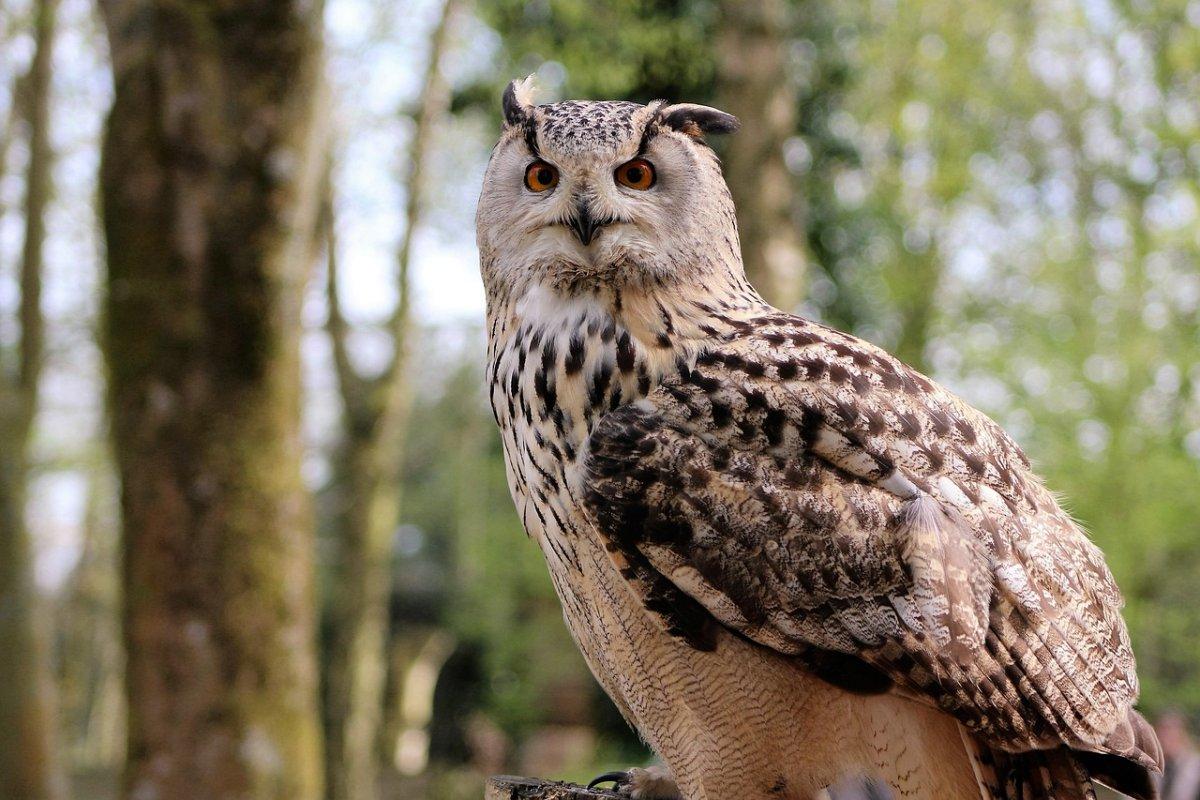
- Name: Long-eared owl
- Scientific name: Asio otus
- Conservation status:
The long-eared owl, also known as the cat owl, the lesser horned owl, or the northern long-eared owl, is a medium-sized species of owl native to much of the Northern Hemisphere, in both Eurasia and North America.
It populates the semi-open habitats of Switzerland, mainly woodland edge, and it roosts and nests in densely wooded areas. When it comes to feeding, it almost exclusively hunts for small rodents, mainly voles.
20. Stoat
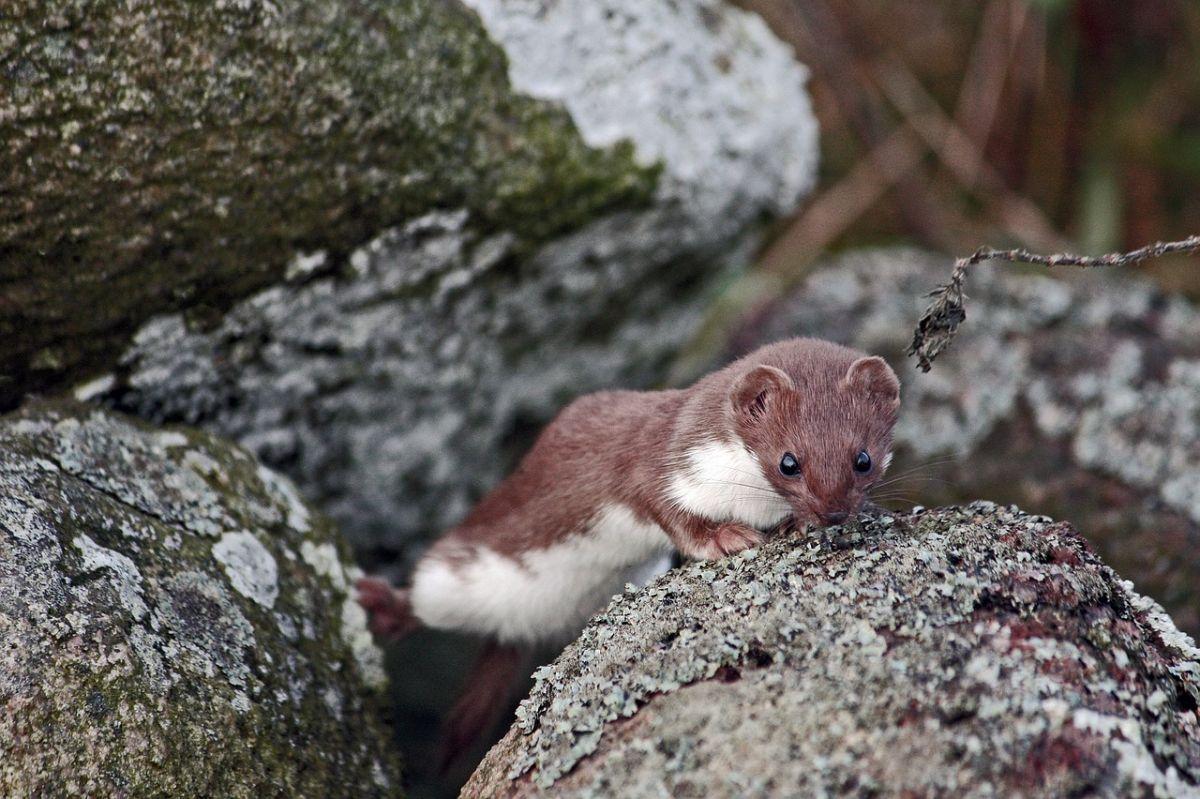
- Name: Stoat
- Scientific name: Mustela erminea
- Conservation status:
The stoat, also known as the Beringian ermine, the Eurasian ermine, or simply the ermine, is a species of mustelid native to Eurasia and the northern parts of North America. It is considered of least concern since it can be found all around the Northern Hemisphere.
There is a national subspecies of the stoat in Switzerland, known as the Swiss stoat (Mustela erminea minima). It was first described by Cabazza in 1912.
21. Common crane
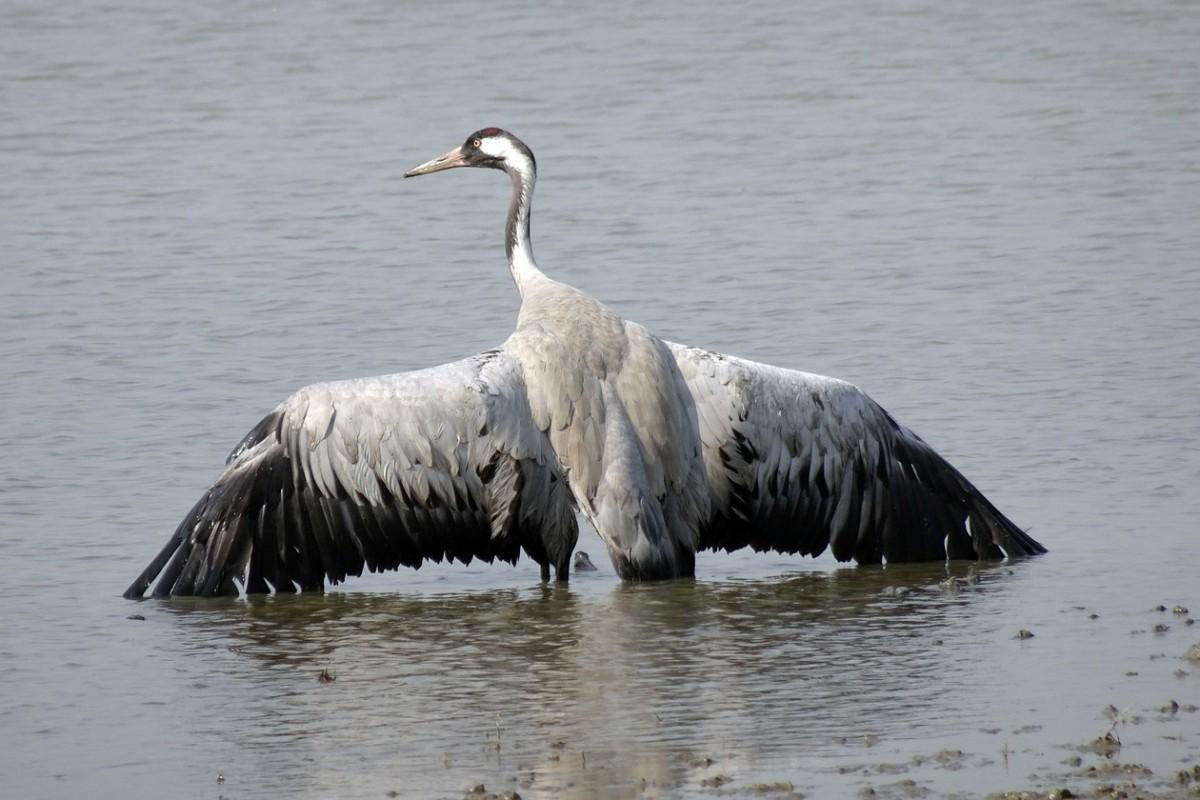
- Name: Common crane
- Scientific name: Grus grus
- Conservation status:
The common crane, also known as the Eurasian crane, is a medium-sized species of crane native to Eurasia. It is a migratory bird, spending the winter in sub-Saharan Africa, the Indian subcontinent, Southeast Asia, and the Arabian Peninsula.
This crane mainly lives in taiga and boreal forests, from sea level to up to 2,200 m / 7,200 ft above it. It is omnivorous, just like other cranes, and feeds on plant matter such as fruits, seeds, and roots, but also animal resources such as dragonflies, snails, spiders, and earthworms.
—
So there you have them, these were my 21 wild animals found in Switzerland. I hope you enjoyed this list and that you learned something new today.
In case you want to learn more about animals in the country, feel free to keep reading, as I still have lots of things to tell you about:
Endangered Animals of Switzerland
This is definitely the saddest part of the list, but it is very important to raise awareness. Because of this, let’s go through the list of endangered animals in Switzerland.
Here are the animals in danger of extinction in Switzerland.
- Salvelinus neocomensis
- Coregonus gutturosus
- Coregonus restrictus
- Salvelinus profundus
- Coregonus fera
- and 1more…
- Common hamster
- European eel
- European mink
- Slender-billed curlew
- Sociable lapwing
- and 1 more…
- European rabbit
- Northern bald ibis
- White-headed duck
- Italian nase
- Insubrian barbel
- and 1 more…
To see the full list of endangered species in Switzerland, head over to the International Union for Conservation of Nature’s Red List.
What is the National Animal of Switzerland?
Switzerland national animal is the cow… or the St. Bernard dog.
In fact, there is no official national animal in Switzerland. However, 2 animals could claim this title.
Cows are a major part of Switzerland’s landscape and are found everywhere. They are widely appreciated by Swiss people for providing them with cheese and chocolate. There is a cow parade every autumn in the country, and 350,000 animals come down from the mountains to celebrate with floral crowns and fancy bells.
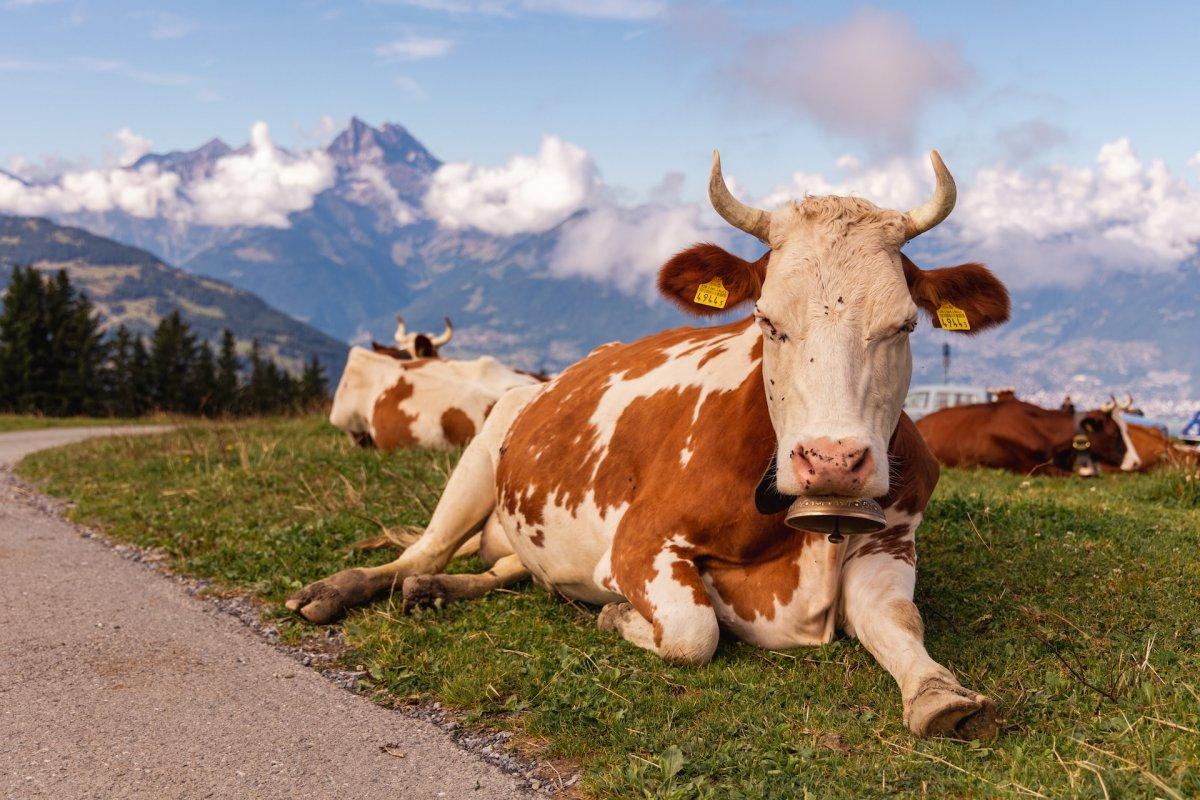
Saint Bernard dogs are an official Swiss dog breed. They are renowned for their help and are used to save lost people at the heights of the mountains. They are a symbol of dignity, sacrifice, and devotion.
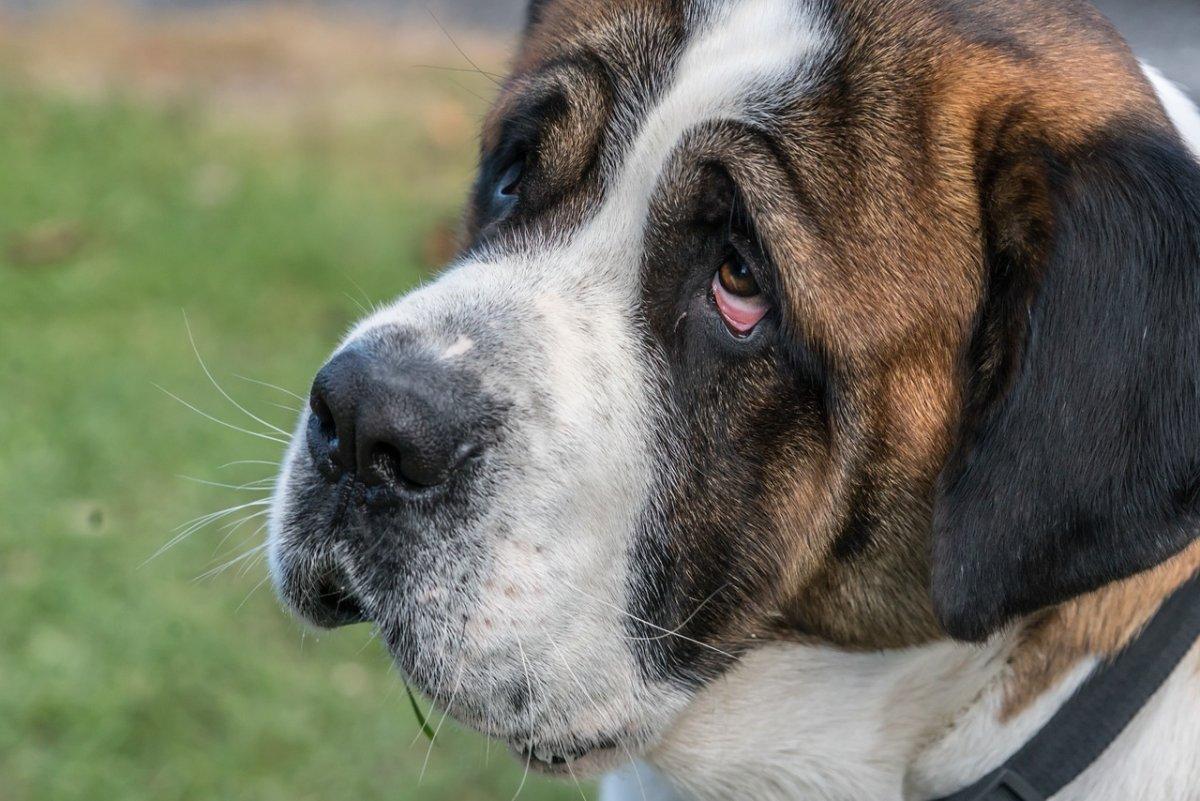
How Many Animals Native to Switzerland?
What is the diversity of native animals in Switzerland?
Let’s look at the total number of species of Chordata (mammals, birds, fishes, and reptiles).
Total number of animal species in Switzerland: 604 (3,149 in total in Europe)
More About Animals in the World!
Loved these Switzerland animal facts? Want to see what animals live in other countries?
Then check out these posts:
Or click here to see ALL the facts up on the blog! Spoiler alert: there’s A LOT of them.
Share the knowledge! Click on the buttons below to share information about these famous animals in Switzerland with your friends, and help them learn more about the world 🙂

![24 Wild Animals in Peru [Wildlife in Peru]](https://www.kevmrc.com/wp-content/uploads/2022/08/21-wild-animals-in-peru.jpg)
![10 Wild Animals in Antigua And Barbuda [Wildlife in Antigua And Barbuda]](https://www.kevmrc.com/wp-content/uploads/2022/08/10-wild-animals-in-antigua-and-barbuda.jpg)
![13 Wild Animals in Grenada [Wildlife in Grenada]](https://www.kevmrc.com/wp-content/uploads/2022/08/13-wild-animals-in-grenada.jpg)